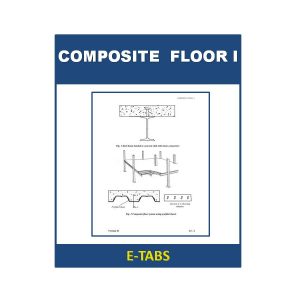Description
Name of Notes : – Phase Transformations and Heat Treatment Lecture Note
Introduction
- Part I: Preliminaries (Thermodynamics and Kinetics)
- Part II: Interfaces
- Part III: Nucleation And Growth
- Part IV: Solid-Solid Phase Transformations I
- Part V: Solid-Solid Phase Transformations II
- Part VI: Heat Treatment
- Part VII: Miscellaneous Topics
- Part VIII: Classification Of Transformations
- Part IX: Annotated Bibliography






Reviews
There are no reviews yet